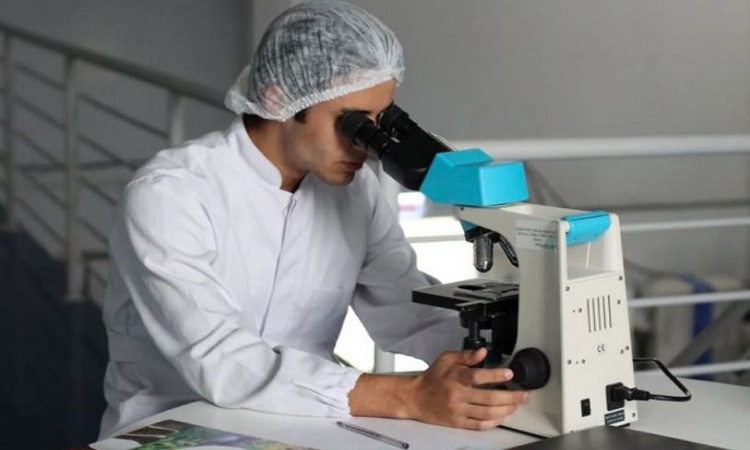
North Gyeongsang Province: Analysing and interpreting brain signals is critical for investigating brain diseases and developing novel treatments.
Although neural probes linked to the brain can detect minuscule biosignals, they cannot amplify or analyse them, necessitating the deployment of a second amplifier.
The research team uncovered a solution in common household "inkjet printers" that have been on the market for some time.
A research team led by Professor Sungjune Jung (Department of Materials Science and Engineering, Department of Convergence IT Engineering) at Pohang University of Science and Technology (POSTECH), PhD candidate Yongwoo Lee (Department of Convergence IT Engineering), Professor Eun-Hee Kim from Chungnam National University Sejong Hospital, and Professor George Malliaras from the University of Cambridge developed an integrated sensor capable of both capture and detection.
The study's findings will be published as the inner cover of Advanced Materials, a respected journal in the field of materials research, in recognition of the team's groundbreaking effort.
Inkjet printing is a technology that generates patterns by ejecting minuscule ink droplets, each on the scale of picoliter (10-12), onto either paper or a substrate. The initial step taken by the research team involved crafting an ultra-thin substrate, which is only one-hundredth the thickness of a human hair. This was achieved by employing an exceptionally flexible material that easily adheres to the brain’s surface.
Subsequently, the team harnessed inkjet technology to imprint a sensor onto this substrate, one that possesses the unique capability of detecting, amplifying and processing bio-signals. In essence, they developed a sensor for brain signal amplification.
Following the sensor’s development, the research team conducted experiments involving mice. The results showcased the sensor’s swift recording of high-resolution brain-originating signals upon attachment to the rats’ cerebral cortex.
Professor Sungjune Jung who led the research explained, “This technology empowers the seamless creation of patterns in desired areas, paving the way for future manufacturing of customized bio-signal measurement devices.”
The study was conducted with the support of the Basic Research Program of the National Research Foundation of Korea and the Regional Future Science and Technology Program by the Ministry of Science and ICT. (ANI)




!["[T]he First and Fifth Amendments Require ICE to Provide Information About the Whereabouts of a Detained Person"](https://images.inkl.com/s3/publisher/cover/212/reason-cover.png?w=600)


